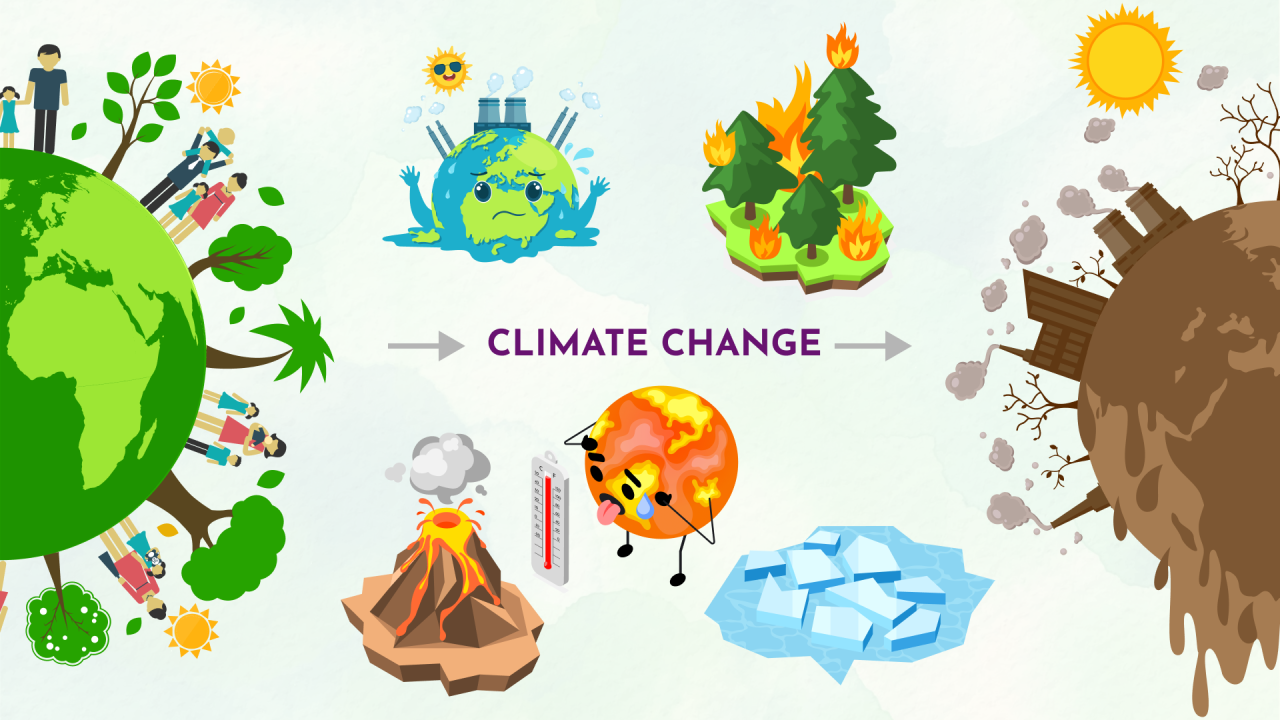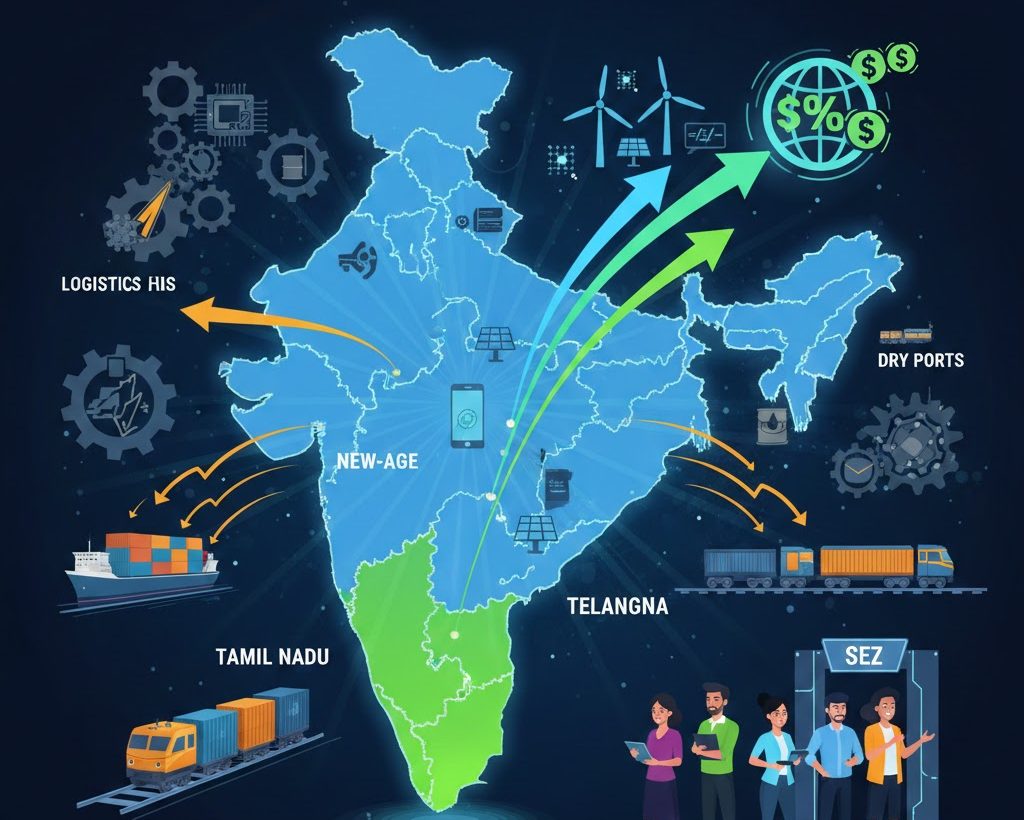Font size:
Print
India’s Installed Nuclear Power Capacity
Context:
India’s installed Nuclear Power Capacity to Triple by 2031-32. “The present installed nuclear power capacity is set to increase from 8180 MW to 22480 MW by 2031-32, according to the Union Minister of State for the Department of Atomic Energy.

India’s Nuclear Power Expansion:
- Aim: To increase nuclear power capacity to 100 GW by 2047 as a key component of its comprehensive infrastructure development program.
- Current Capacity: India’s nuclear power capacity increased by 70% over the past decade, rising from 4,780 MW in 2013-14 to 8,180 MW distributed across 24 reactors in 2024.
- Additionally, 21 reactors with a combined capacity of 15,300 MW are at various stages of implementation by the Nuclear Power Corporation of India Limited (NPCIL).
- This includes:
-
- 9 reactors with a total capacity of 7,300 MW (including Prototype Fast Breeder Reactor) under construction
- And 12 reactors with a capacity of 8,000 MW in pre-project activities.
- This expansion is part of India’s commitment to achieving net-zero emissions by 2070.
- Various studies have projected that India needs a national nuclear capacity of approximately 1,00,000 MW by 2047.
-
- Electricity from Nuclear Power: Niti Aayog reports a 115.12% increase in electricity consumption by commercial & industrial sectors from 2006 to 2022.
-
- To counter rising fossil fuel costs and diversify energy sources, India aims for nuclear power to provide 25% of its electricity by 2050, necessitating a base-load capacity of 1,094 GWe.
- Annual nuclear electricity generation increased from 34,228 million units in 2013-14 to 47,971 million units in 2023-24.
-
- In November 2022, the Ministry of Environment, Forest, and Climate Change (MoEFCC) published an updated long-term low-carbon development strategy.
- It includes objectives to increase the nation’s nuclear power capacity threefold by 2032.

Types of nuclear reactor:
Prototype Fast Breeder Reactor (PFBR)
-
-
- Fuel: Utilises Uranium-Plutonium Mixed Oxide (MOX) fuel.
- It is a reactor that generates more nuclear fuel than it uses.
- Coolant: It uses liquid sodium in two circuits.
- Sodium in the first circuit absorbs heat and radioactivity from the reactor, then transfers the heat to a secondary circuit via heat exchangers.
- This secondary coolant carries the heat to generators for electricity production.
- It is indigenously designed and built by Bharatiya Nabhikiya Vidyut Nigam Ltd (BHAVINI) with substantial input from over 200 Indian industries, including MSMEs.
- Current Status: A 500 MWe fast breeder reactor is under construction at the Madras Atomic Power Station in Kalpakkam, Tamil Nadu.
-
Pressurised Heavy Water Reactor (PHWR)
-
-
- Fuel: Uses natural uranium (no enrichment needed), simplifying the fuel cycle and reducing costs.
- Coolant and Moderator: Employs heavy water (deuterium oxide D2O) to slow down neutrons and cool the reactor, enhancing efficiency with natural uranium.
- Pressurisation: Heavy water is pressurised to prevent boiling, allowing operation at higher temperatures and improving thermal efficiency.
-
Light Water Reactor (LWR)
-
-
- Type: A thermal-neutron reactor using normal water as both coolant and neutron moderator.
- Fuel: Utilises Low Enriched Uranium.
- Operation: Produces heat through controlled nuclear fission.
- Prevalence: LWRs are the most common type of thermal-neutron reactors and among the most widely used nuclear reactors overall.
-

Do You Know?
- India’s FDI policy currently prohibits foreign investment in the atomic energy sector but allows 100% FDI in nuclear parts and equipment production.
- A 2023 NITI Aayog panel recommended allowing FDI in the atomic sector, but this policy change has not yet been approved.


